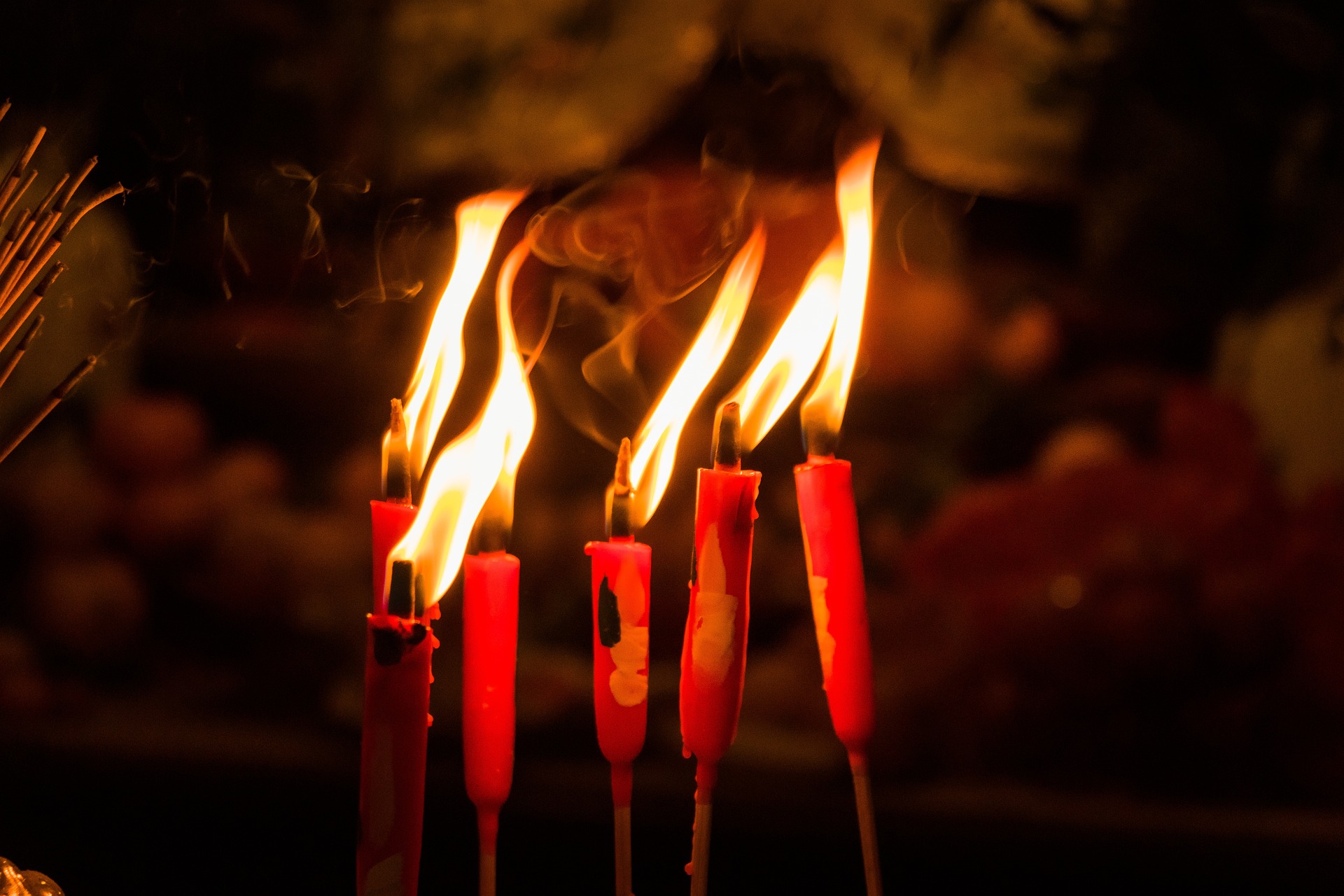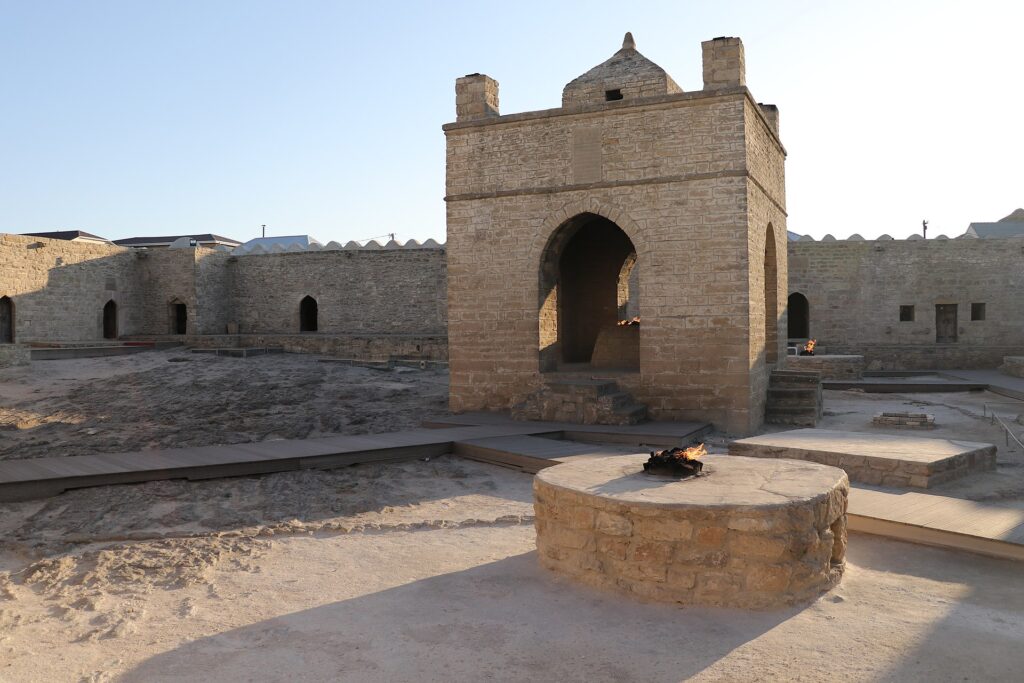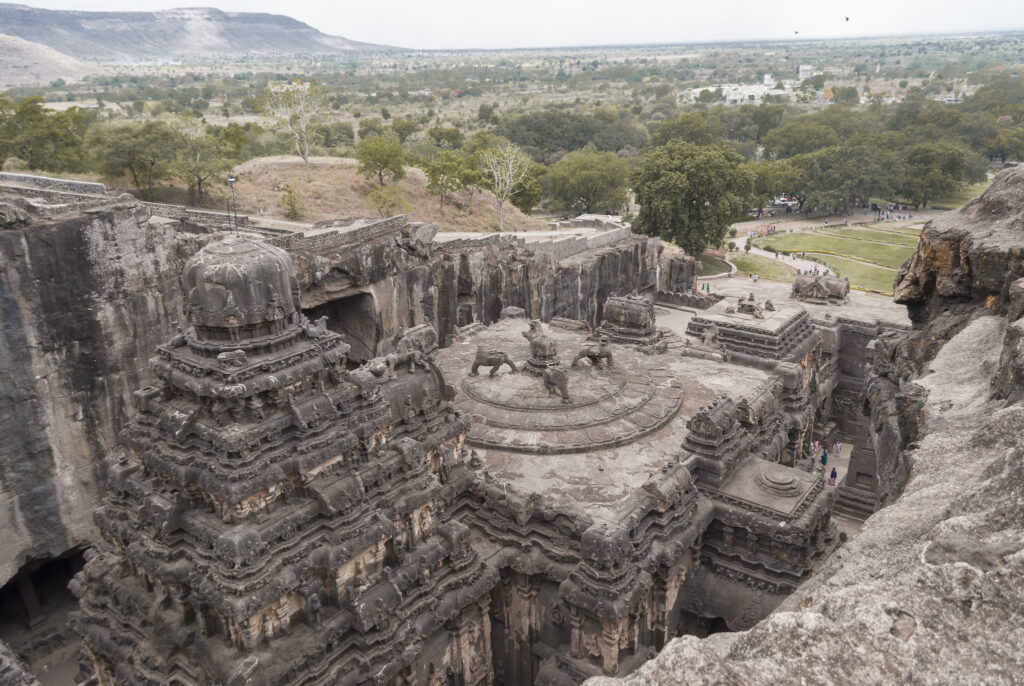Origin of Zoroatrianism
Zoroastrianism is an interesting thought movement that can guide you on your Middle East travel tours. It is an Iranian religion based on a dualistic cosmology of good and evil founded by a prophet named Zoroaster. Several of his concepts influenced many other religious and philosophical movements, including Gnosticism, Buddhism, and Greek philosophy. Currently, Zoroastrianism is present and practiced in India, where its followers are called Parsis. Its members can be divided into reformists and traditionalists. Freddie Mercury, whose parents were both Parsis of Indian origin, was among the well-known personalities who subscribed to this way of thinking.
The following itinerary is suitable for those who would like to take a road trip across several countries. Or those who do not mind taking several flights between countries, or combining air, train, and bus transport.
Turkey
Cappadocia
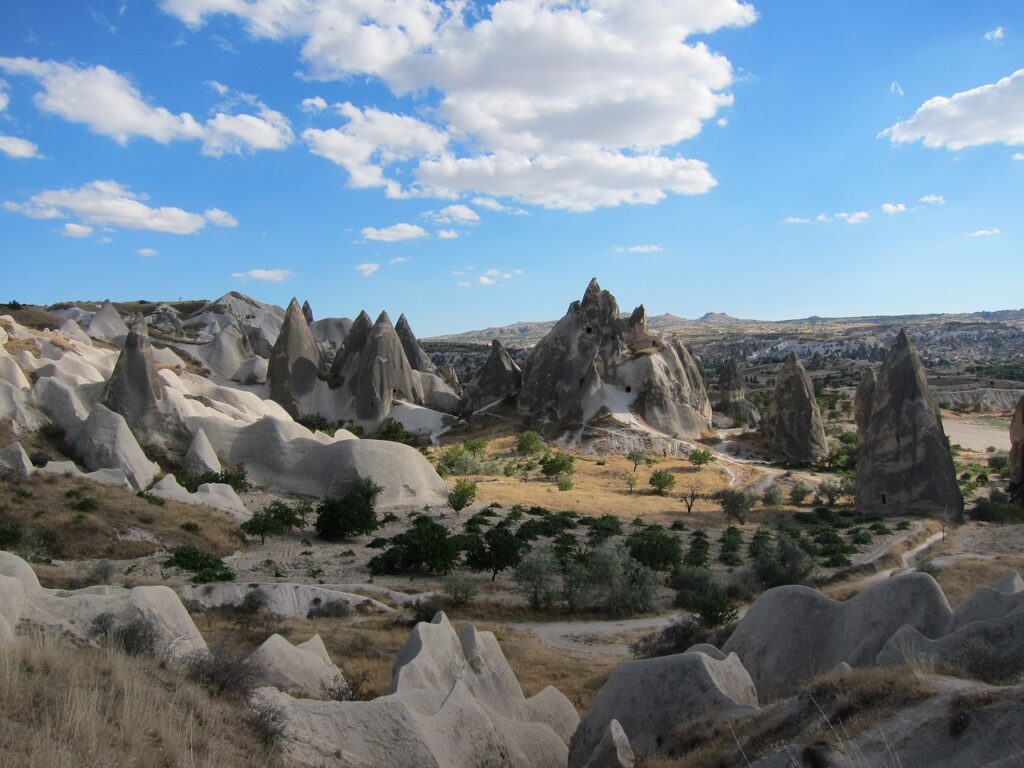
According to available sources, Cappadocia, which is known for its unique rock formations and cave dwellings, was a place where the Zoroastrians resided in ancient times.
Important parts include the underground city of Kaymakli. It was once inhabited by around 3,500 people. The city consists of several levels, with the deepest parts reaching approximately 40 meters underground. It is a fascinating network of tunnels, chambers, and rooms carved into soft volcanic stone. The city has a rich history dating back to Hittite times and is believed to have been used by various civilizations over the centuries, including the Phrygians, Persians, Romans, Byzantines, and early Christians. It can be easily reached by public transport from the bus station in Goreme to the center of Nevsehir. From there by bus to Kaymali, which is approximately 30 km and takes approximately a little over an hour.

Azerbaijan
Gobustan
Air transfer from Cappadocia to Baku at Heydar Aliyev International Airport.
This country has a historical connection with the religion of the prophet Zoroaster in the form of the Gobustan National Park, which is a UNESCO heritage site. You can find there several rock carvings and symbols. They date back to the Paleolithic and Neolithic times. These images and symbols carved into stone walls are also called petroglyphs. They depict animals, humans, battle scenes, dancing figures, and various symbolic shapes. Their exact meaning remains a mystery, but they represent valuable historical records of ancient life and culture.
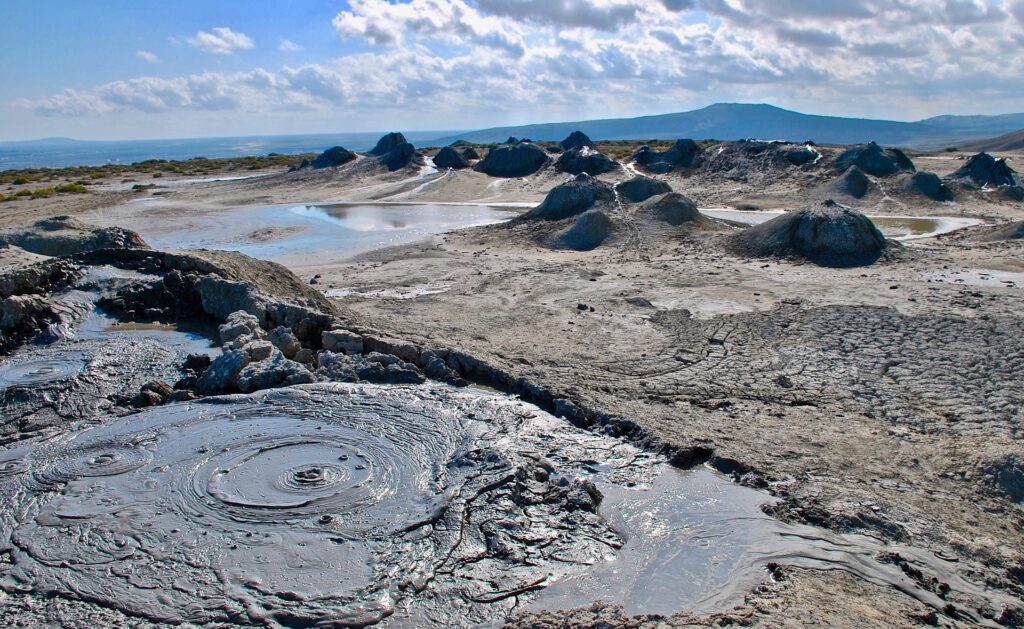
You can get here from Baku either through an organized tour with a guide or by using city transport in combination with a taxi. Take bus 125 from Azneft Square to Karvansaray Shopping Center and from there cross the road to Bina Shopping Center and get on bus 19. Get off at Gobustan House of Culture.
Baku
Another important stop is the capital Baku itself. It houses the Ateshgah fire temple. The temple is built on a place where once natural gas used to spring up and its flames were constantly burning. In the past, Ateshgah served as a place of pilgrimage mainly for followers of Zoroastrianism, later in the 17th and 18th centuries, Indian merchants converted it into a Hindu temple. Its origin dates back to the 17th century, but some parts of the temple date back to prehistoric times.
The temple has a square shape with a courtyard in the middle. Inside the temple, there is a chapel with statues of gods. The fire that burns in the temple is considered holy and is believed to have healing powers. Originally this fire was fueled by natural gas under the temple, currently, it is connected to the gas pipeline in Baku and burns only during opening hours.
Iran
Tehran
Transfer to the capital of Iran, the birthplace of Zoroastrianism, by air or land transport, e.g. by car to the city of Astara in about 4 and a half hours and from there by bus to Tehran in about 6 and a half hours.
Fire temples, known as “Atashkadeh” in Persian, are sacred places in Zoroastrianism where the fire is worshiped as a symbol of light, and purity and represents the holiest manifestation of the divine presence. The temples are surrounded by rituals and worship. Tehran Fire Temple is one of the most important fire temples in Iran. Its creation dates back to the 19th century. Currently, it cements the Zoroastrian community and serves prayers and rituals.
Yazd
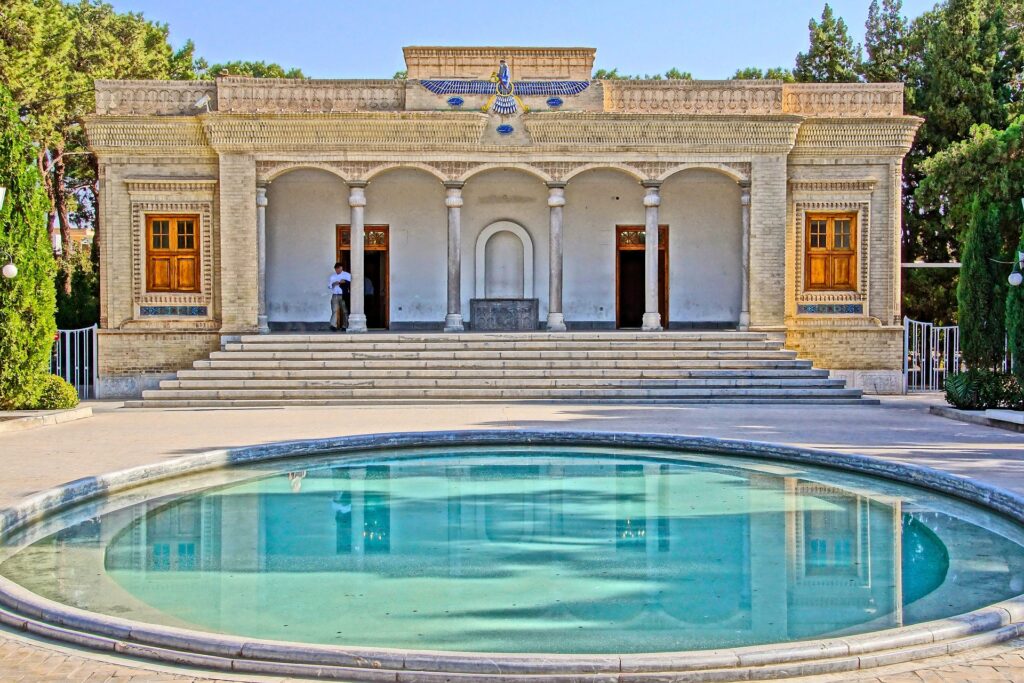
Another important fire temple is located in the city of Yazd, which can be reached from the capital either by car or by direct train or bus. The journey takes approximately 7 hours.
In addition to the temple, it is also possible to find the Tower of Silence in Yazd, known as Dakhma, where the traditional ritual of exposing the dead is practiced. This ritual is an important part of the Zoroastrian faith and sanctity. Yazd province is also full of other cultural and historical monuments associated with Zoroastrianism. Among them is, for example, Ateshkadeh in Chak Chak, a picturesque rocky area, which is also famous for great heat and droughts, where during the day the temperature rises up to 40 oC. Chak Chak, translated from Farsi, means “drip-drip”: fire temples have always been built in places where water was available. The best way to get to this village is with a guided day tour as there is no public transport.
Uzbekistan
Chorasmia
From Tehran, a flight to the city of Samarkand in Uzbekistan takes approximately 10 hours. Or it is possible to combine transport by plane from Tehran to Dushanbe in about 4 hours and from there by car to Samarkand in 4 and a half hours.
Zoroastrianism had a great influence in Uzbekistan in the past, and traces of this religious tradition can still be found in some areas of the country. It is believed that the founder of this religion, Zarathustra, was born here. One of the most important places is the ancient city of Chorasmia. Used to be an important center of Zoroastrianism in the past. This place is considered a spiritual and historical symbol of the Zoroastrian faith in the region. It is possible to get here from Samarkand by train or by bus, e.g. to the city of Urgench or Khiva and the journey can take from 4 to 7 hours depending on the type of transport you choose. There is, for example, the Toprak-kala temple, the original capital of Chorasmia, Kyzyl-Kala, and Ayaz-Kala, all very important archaeological sites of the Zoroastrians.
Samarkand
Registan Square and the Shah-i-Zinda complex in Samarkand, Uzbekistan are two important historical monuments, although they are not directly connected with Zoroastrianism. Registan Square, with its three monumental madrasahs, is a place of education and spiritual development. Zoroastrianism placed great emphasis on education and study, and therefore there is a connection between these buildings and Zoroastrianism in terms of promoting education and spreading knowledge. The Shah-i-Zinda complex, which is a series of mausoleums on the hillsides, also has connections with Zoroastrianism. Zoroastrians worshiped nature and believed in life after death. Similarly, Shah-i-Zinda is a sacred place and serves as a place of burial and worship of the deceased.
Pakistan
Karachi
Continuing your Middle East travel with a transfer to the city of Karachi from Uzbekistan is best done by air.
Mancherji Joshi Fire Temple is one of the oldest Zoroastrian temples in Pakistan and is located in the city of Karachi. It is named after the famous Zoroastrian businessman and philanthropist, Mancherja Joshi. Its construction began in 1912 and was completed in 1918. The temple is famous for its architecture, dominated by a tall tower with an exposed fire, which symbolizes eternal fire. This temple is a place of religious ceremony and prayer where Zoroastrians worship Ahura Mazda, the supreme god.
Additionally, Karachi is home to a vibrant Parsi community. The Parsis originated from Persia and brought their religious and cultural traditions to the Indo-Pakistan region. They are also known for their excellent business skills, education, and cultural heritage. In Karachi, you can find schools, hospitals, shops, and other institutions that reflect the presence of this vibrant Parsi community.
India
Mumbai
The journey from Karachi to Mumbai by car takes about 36 hours, so it is more convenient to travel by plane in about 7 hours.
Mumbai is home to the largest Parsi community in the world. One of the most famous attractions in Mumbai is the Zoroastrian Towers of Silence. These towers served as a place where the ritual burials of the Zoroastrians took place. Zoroastrians believed that the bodies of the deceased should not contaminate the earth, so they left them on towers to be exposed to owls and other birds.
Another important part of Mumbai’s Zoroastrian heritage is the Parsi fire temples. These temples, such as Walkeshwar Temple and Seth Banaji Limji Agiary, are places of spiritual reverence and prayer for the Parsi community. They are sacred places where the proverbial eternal fire, mentioned several times, is worshiped.
Ajanta and Ellora
Ajanta and Ellora are caves near Mumbai where you will find Zoroastrian rock architecture – beautifully carved sculptures and frescoes. These ancient caves, inscribed on the UNESCO World Heritage List, are considered gems of Indian art. The fastest way to get here from Mumbai is by air in 30 minutes, or by train to Aurangabad, which is about 7 hours. From there it is 30 km to Ellora Cave and 100 km to Ajanta, and the journey by car or taxi can take about an hour or more.
Sources: google maps, TripAdvisor, Wikipedia

About Author
Freya
Photographer, artist, content creator, and solo female traveler since 2017.

